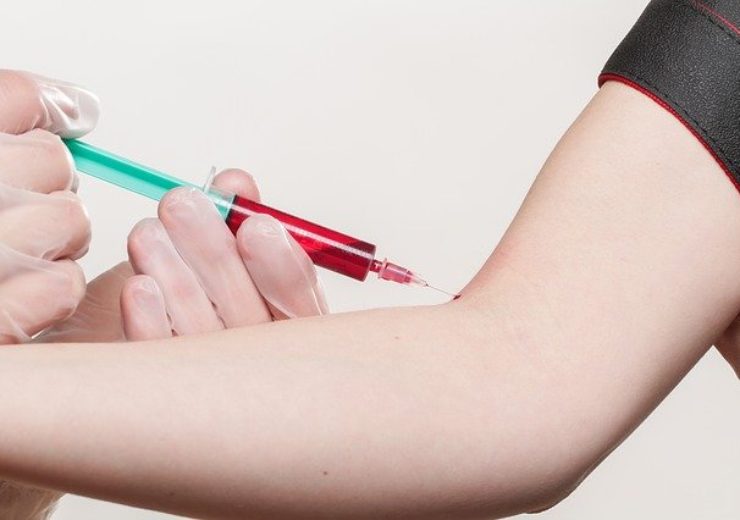The Eversense CGM System consists of a fluorescence-based sensor, a smart transmitter worn over the sensor to facilitate data communication, and a mobile app for displaying glucose values, trends and alerts

Senseonics reports Glycemic outcomes across adult age ranges with real-world Eversense CGM use. (Credit: Angelo Esslinger from Pixabay.)
Senseonics Holdings, Inc. (NYSE American: SENS) a medical technology company focused on the development and commercialization of the first and only long-term, implantable continuous glucose monitoring (CGM) system for adults with diabetes, presented data that demonstrated real-world use of the Eversense® CGM System across adult age ranges. Key International Consensus1 CGM targets were met in many adult patients with a greater percentage of users in the older age groups achieving targets and the younger adults showing promising results. The oldest age range met CGM target wear time, time in range, time below range and glucose management indicator (GMI – an estimator of A1C)
During an oral presentation at the Advanced Technologies and Treatments for Diabetes conference in Madrid, Spain, Senseonics presented real-world data on almost 600 Eversense users. The median transmitter wear time, mean sensor glucose, mean percent glucose management indicator, time spent in range, time spent in hyperglycemia and time spent in hypoglycemia were reported by 5 adult age groups2.
Key Findings
Wear-time – All age groups met the recommended >70% CGM target wear time.
Glucose Management Indicator (GMI) – Declined with age with >60 age group meeting the recommended target of 7%.
Time in Range (TIR) – Increased with age with the ≥ 65 age group meeting the recommended target of >70% for TIR.
Time in Hypoglycemia – All age groups were below or near the recommend target of 4 % time in hypoglycemia.
Youngest age group (18-<25 years) – Showed promising glycemic outcomes with Eversense use with %GMI lower than observed in the T1D exchange for this age group, and with acceptable time in hypoglycemia.
Conclusion – The Eversense real-world data showed promising glycemic results in all adult age ranges, but especially in those more than 60 years of age2.
“This real-world data with the use of the Eversense CGM system demonstrated that glucose targets, including time in range and time in hypoglycemia, was achieved or nearly achieved across the adult age range,” explained Katherine Tweden, PhD, Vice President, Clinical Sciences at Senseonics. “This data provides more real-world evidence on the clinical value and benefit of Eversense CGM.”
Source: Company Press Release
